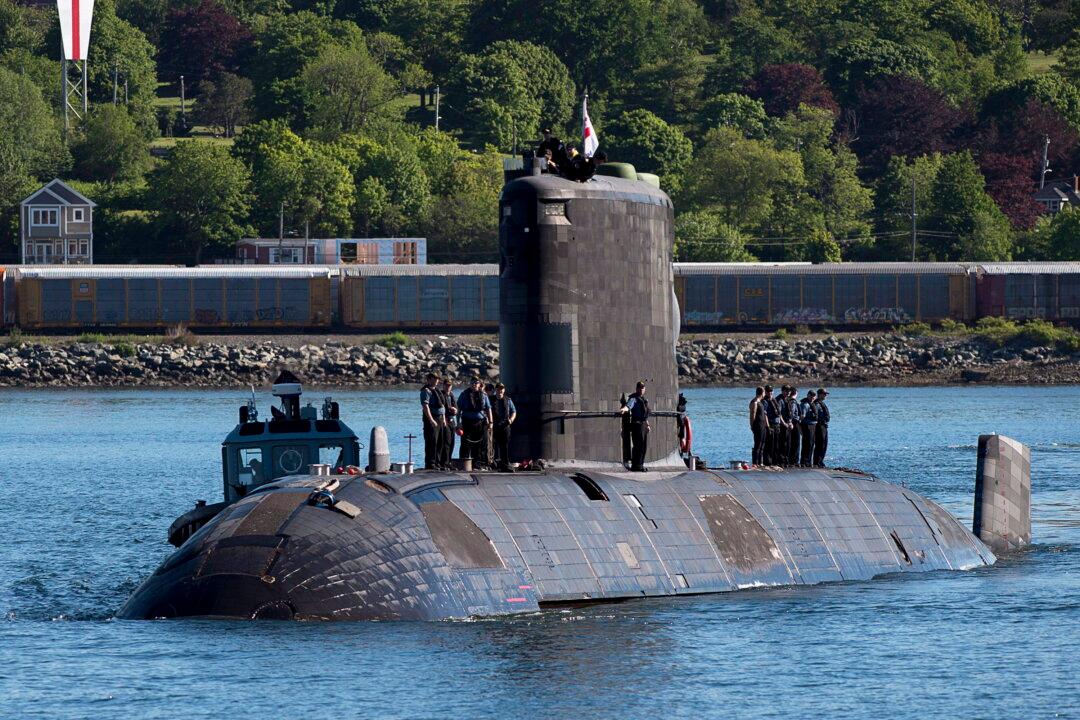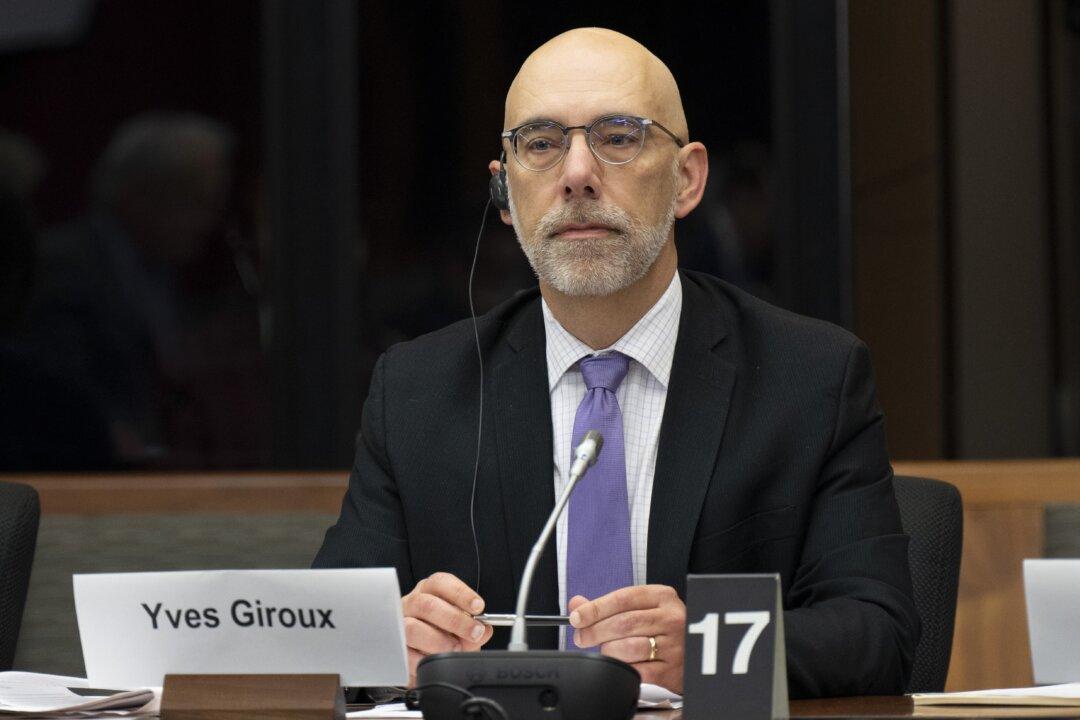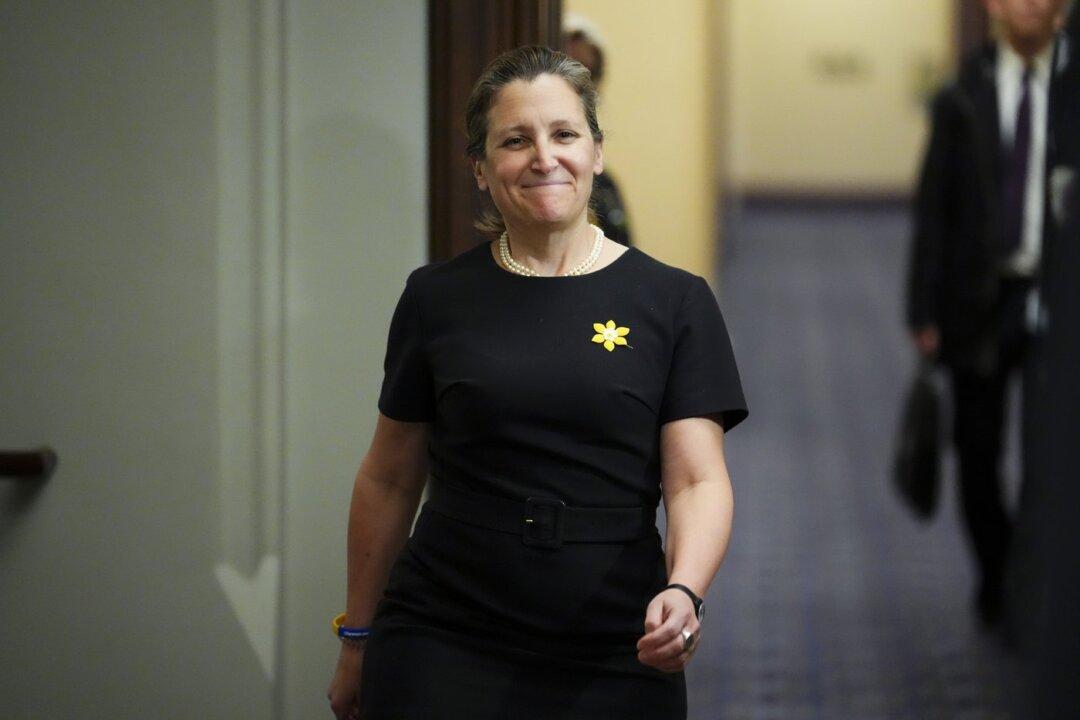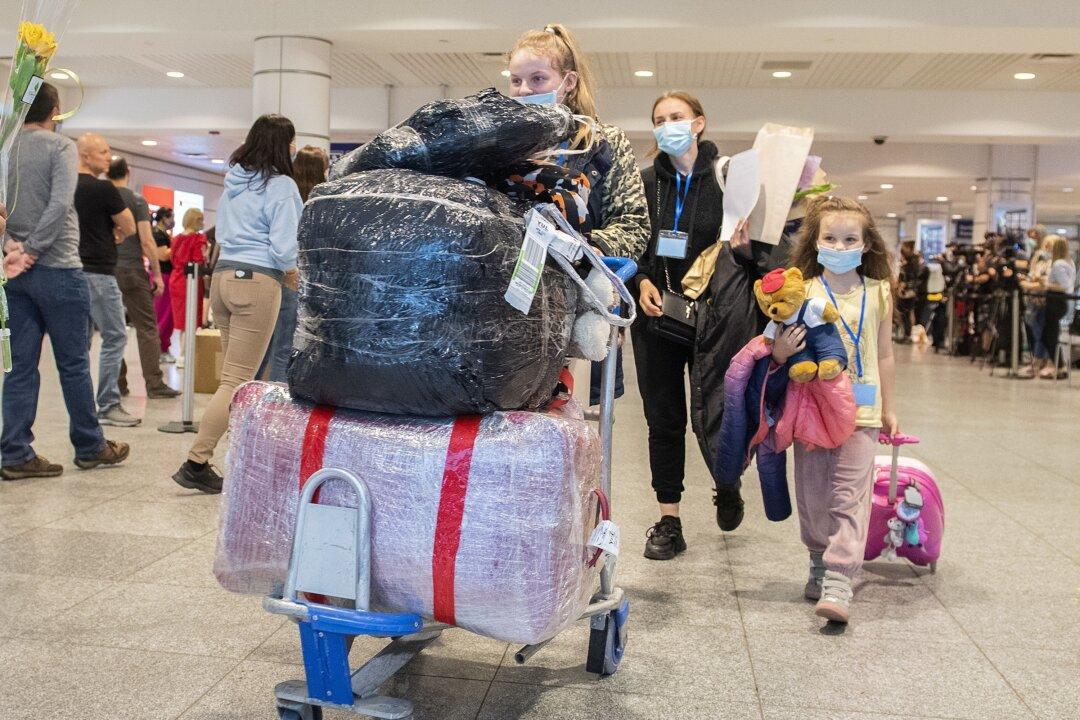After Russia invaded Ukraine in February 2022, the Canadian Armed Forces (CAF) came to realize it was lacking such equipment as anti-tank missiles and long-range precision missile systems, as well as systems to protect against drones.
The military is now rushing to buy these weapon systems, known to be pivotal for defence capabilities. But it raises the question of what other areas CAF would come up short in should armed conflict occur, catching Canada off guard.





